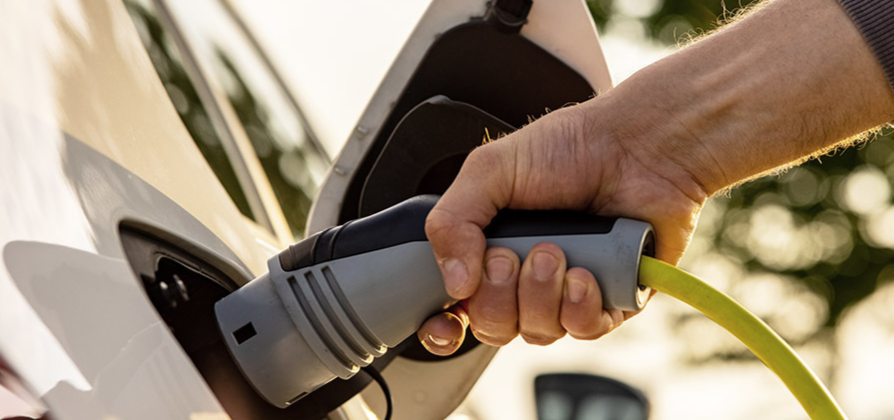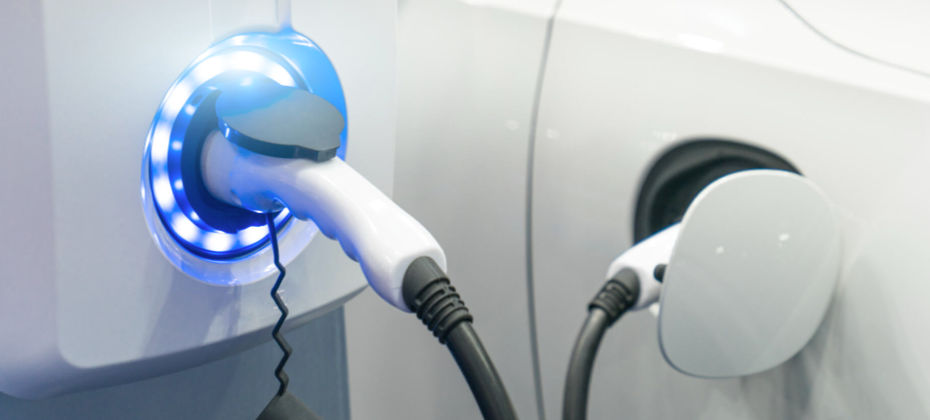
This quarter’s State of the Automotive Finance Market report provides a stark reality check for anyone making doomsday predictions about a subprime bubble in the auto industry. While delinquent payments are slightly on the rise, data from the report show that the auto lending industry has responded by reining in loans to subprime consumers.
Results found that newly originated loans to prime borrowers jumped two percent to encompass nearly 60 percent of auto loans financed in Q3 2016. Moreover, loans extended to consumers in the subprime tier fell 4.5 percent from the previous year, and loans to deep-subprime consumers dropped 2.8 percent to the lowest level on record since 2008. When considering delinquent payments, there’s no extreme cause for concern either as overall 30-day delinquencies remained flat from the previous quarter, and overall 60-day delinquencies showed a slight uptick to 0.74 percent in Q3 2016 (0.67 percent in Q3 2015).
The move in Q3 to more prime and super prime customers pushed the average loan scores higher for the first time in four years. For new vehicle loans, the average credit score climbed two points to 712 in Q3 2016, marking the first time average credit scores for new vehicle loans rose since hitting a record high of 723 in Q2 2012. For used-vehicle loans, the average credit score jumped five points from 650 in Q3 2015 to 655 in Q 2016.
More notable news in the auto loan market – there was a slight increase in interest rates. Interest rates for the average new vehicle loan went from 4.63 percent in Q3 2015 to 4.69 percent in Q3 2016. This increase played a key role in driving more market share to the credit unions. Credit unions grew their share of the total automotive loan market from 17.6 percent in Q3 2015 to 19.6 percent in Q3 2016. For new vehicle loans specifically, credit unions grew their share by 22 percent, going from 9.9 percent in Q3 2015 to 12 percent in Q3 2016.
Other key findings from the Q3 2016 report:
- Total open automotive loan balances reached a record high of $1.055 billion.
- Used vehicle loan amounts reached a record high of $19,227, up by $361.
- The average new vehicle loan amount jumped to $30,022 from $28,936.
- Share of new vehicle leasing jumped to 29.49 percent from 26.93 percent.
- The average monthly payment for a new vehicle loan was $495, up from $482.
- The average new vehicle lease payment was $405, up from $398.
- The average monthly payment for a used vehicle loan was $362, up from $360.
- The average loan term for a new vehicle was 68 months.
To see the full report results, or to download the webinar and presentation, visit https://www.experian.com/automotive/auto-data.html


